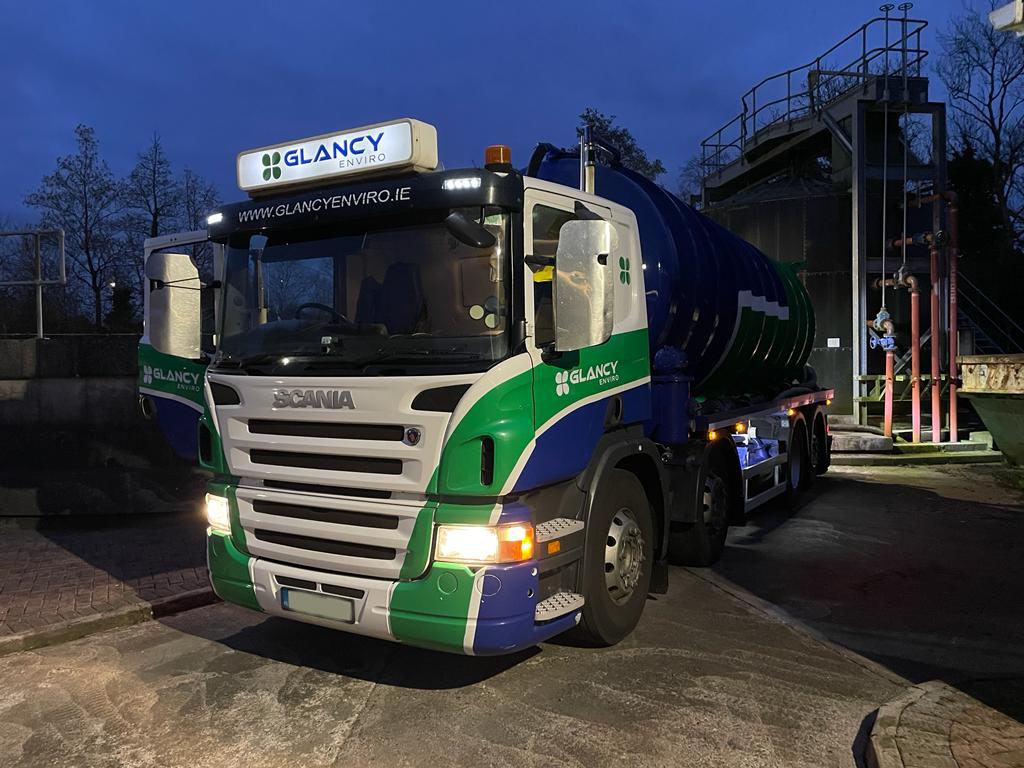Reclaim Waste - Truths
Reclaim Waste - Truths
Blog Article
The Definitive Guide for Reclaim Waste
Table of ContentsFacts About Reclaim Waste RevealedWhat Does Reclaim Waste Do?What Does Reclaim Waste Mean?All about Reclaim WasteWhat Does Reclaim Waste Do?
Domestic sewer waste refers to the waste and products from a domestic septic tank. The correct monitoring and disposal of domestic sewage waste call for fluid waste to be transferred to a sewage treatment plant where the correct methods and devices are used to purify and dispose of waste.
Commercial waste often includes possible risks, such as flammable products or a blend of liquid and strong waste products, and needs an advanced and thorough disposal process. The disposal of commercial waste normally includes the filtration of waste before transport to make sure safe and correct disposal. Industrial waste is produced from by-products and drainage of industrial processes and production.
This sort of waste can not utilize the exact same sewer administration transport or processes as septic or commercial liquids. The hazardous waste administration process calls for the examination and testing of fluid waste before it goes through the disposal process (industrial wastewater treatment). Runoff waste is the liquid waste that comes from runoff and excess stormwater in extremely booming locations or cities
Drainage waste can cause contamination and flooding if not taken care of properly. Making sure appropriate waste monitoring can prevent disasters and reduce environmental damage.
Things about Reclaim Waste
Call PROS Providers today to discover our waste administration and disposal services and the appropriate methods to look after the fluid waste you generate.
(https://hub.docker.com/u/reclaimwaste1?_gl=1*1980ev1*_ga*MTgwOTc3Nzc2OS4xNzMxMzI1Mzkw*_ga_XJWPQMJYHQ*MTczMTMyNTM5MC4xLjEuMTczMTMyNTcwOC4xMC4wLjA.)This so-called 'wastewater' is not just a crucial resource however, after therapy, will be released to our land, rivers or the ocean. Utilized water from bathrooms, showers, baths, kitchen sinks, laundries and industrial procedures is recognized as wastewater.

water used to cool equipment or clean plant and tools). Stormwater, a form of wastewater, is runoff that moves from farming and metropolitan locations such as roofings, parks, gardens, roadways, courses and gutters right into stormwater drains, after rainfall. Stormwater moves without treatment straight to local creeks or rivers, eventually reaching the ocean.
The 15-Second Trick For Reclaim Waste
In Queensland, most wastewater is treated at sewage treatment plants. Wastewater is transported from domestic or commercial websites with a system of sewers and pump stations, called sewerage reticulation, to a sewage treatment plant. Neighborhood federal governments develop, preserve and run most sewer therapy plants. Operators are licensed under the Environmental Defense Act 1994 to discharge cured wastewater at an appropriate ecological standard into rivers.
The Division of Natural Resources recommends regional federal governments regarding managing, operating and preserving sewerage systems and treatment plants. In unsewered areas, neighborhood governments might need homeowners to install specific or family sewer therapy systems to deal with domestic wastewater from bathrooms, cooking areas, shower rooms and laundries. The Division of Natural Resources authorizes using household systems when they are confirmed to be reliable.
The majority of stormwater receives no therapy. In some new class, treatment of some stormwater to get rid of trash, sand and crushed rock has started using gross contaminant traps. Wastewater therapy happens in four phases: Removes solid matter. Bigger solids, such as plastics and various other things mistakenly discharged to drains, are eliminated when wastewater is passed via displays.
Wastewater then streams into view big tanks where solids clear up and are gotten rid of as sludge. Oil and scum are skimmed from the surface. Uses small living microorganisms called micro-organisms to damage down and eliminate staying liquified wastes and fine particles. Micro-organisms and wastes are integrated in the sludge. Removes nitrogen and phosphorus nutrients that might create algal blossoms in our waterways and intimidate water life.
Reclaim Waste - Truths
Nutrient removal is not available in all sewage treatment plants since it requires pricey specialised equipment. It is ending up being extra typical in Queensland. Clear fluid effluent generated after therapy may still consist of disease-causing micro-organisms. If this effluent is launched right into waterways such as rivers or the sea, the micro-organisms will ultimately pass away out.

Most wastewater flows into the sewage system. Under the Act, local federal governments carry out authorizations and licences for environmentally relevant activities (ERAs) including wastewater launches that might have a local influence.
More About Reclaim Waste
Monitoring supplies accurate info about water quality and can validate that licence problems are being satisfied. The info obtained through monitoring offers the basis for making water top quality choices.
Report this page